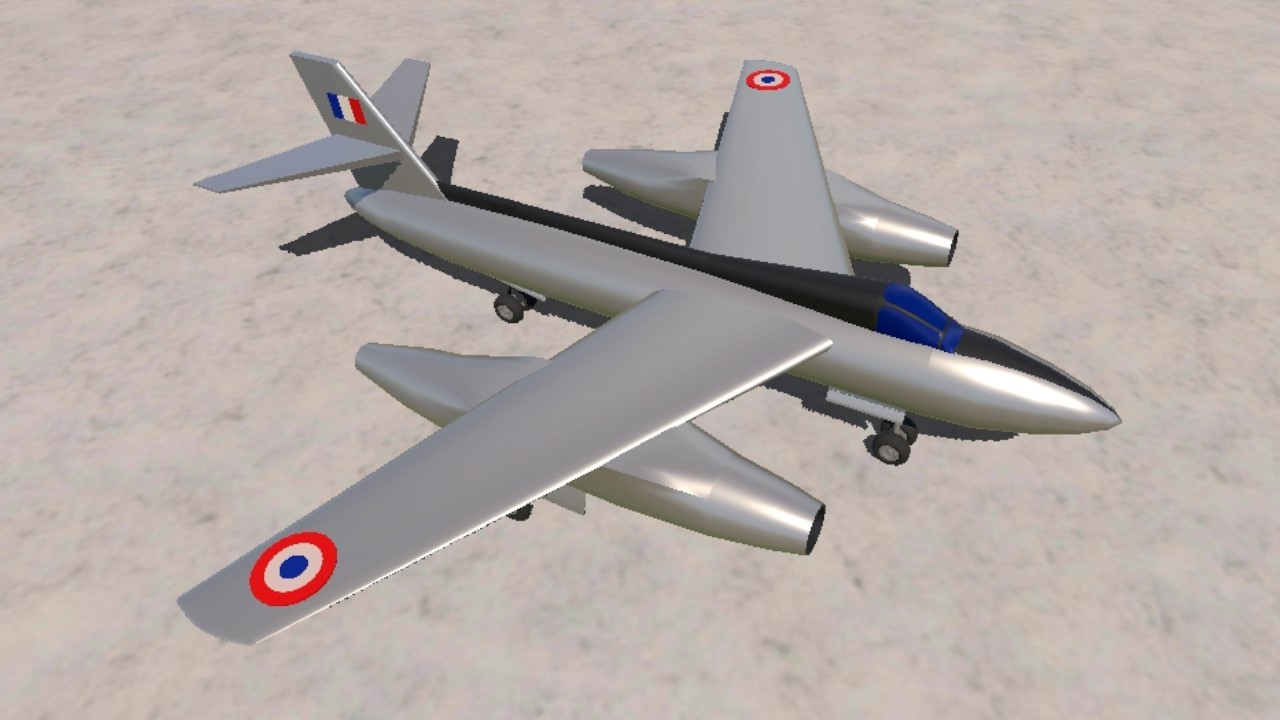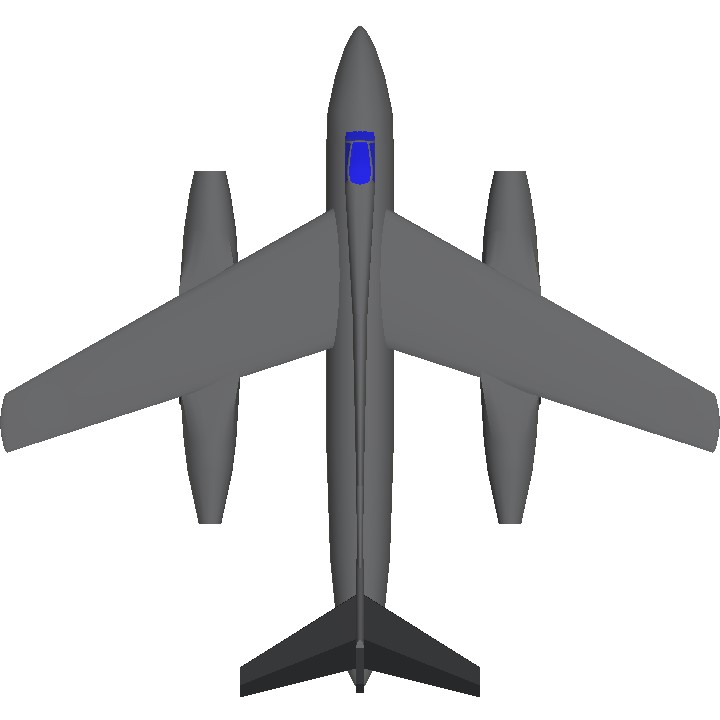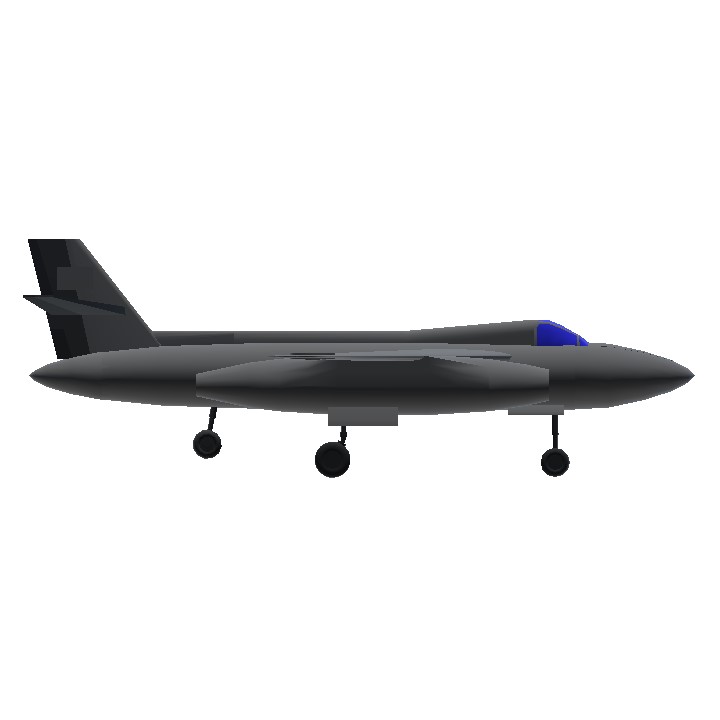A twin jet engine fighter-bomber experimental model. Design in 1966 for long range missions, based on S.O.4050 model.
Equipped with twin jet engine Snecma S10 (Test engine), have capability to carry the heavily arms like bombs, missiles, torpedoes, etc. The main armament is two 30 mm. cannon DEFA 552 and two 20 mm. Hispano-Suiza HS.404 Autocannon, mounted in lower nose. It can reach 900 km/h+ speed.
The S.O.4150 was designed with versatility in mind. Thanks to its reinforced wing structure, it could be equipped with external fuel tanks, guided missiles, or even anti-ship torpedoes, allowing it to perform a wide range of missions, from close air support to naval strikes. The airframe was made with lightweight alloys, giving it both durability and improved maneuverability at low altitudes. Its twin-tail configuration provided better stability during high-speed flight and when carrying heavy ordnance loads.
Despite showing promise during early wind tunnel and ground tests, the S.O.4150 project was eventually canceled in 1968 due to budget constraints and the emergence of more advanced multi-role fighters like the SEPECAT Jaguar. However, the prototype remains a symbol of French post-war aviation ambition, combining firepower, speed, and adaptability into one platform.
With only 63 parts this is absolutely mobile friendly!
Specifications
General Characteristics
- Created On Android
- Wingspan 39.4ft (12.0m)
- Length 36.6ft (11.2m)
- Height 13.2ft (4.0m)
- Empty Weight 11,322lbs (5,135kg)
- Loaded Weight 22,674lbs (10,285kg)
Performance
- Power/Weight Ratio 2.081
- Wing Loading 139.0lbs/ft2 (678.8kg/m2)
- Wing Area 163.1ft2 (15.2m2)
- Drag Points 3967
Parts
- Number of Parts 63
- Control Surfaces 6
- Performance Cost 427




